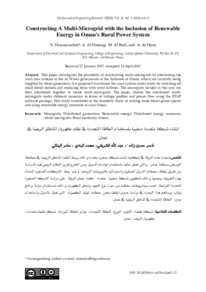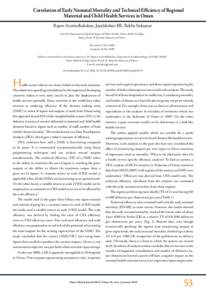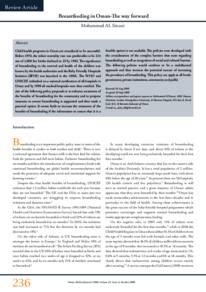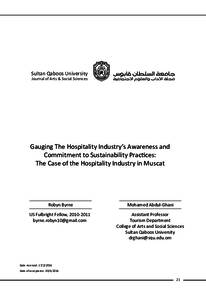وثيقة
Mapping Shuaiba paleo-free water level using well logs : Oman
الناشر
Sultan Qaboos University
ميلادي
2016
اللغة
الأنجليزية
الموضوع
الملخص الإنجليزي
The Aptian Shuaiba Formation reservoirs in northern Oman are the main target for exploration and production. These reservoir are characterized by the presence of residual (paleo) oil zone due to tilting event that took place after the initial hydrocarbon charge. The residual (paleo) oil zone is developed above the paleo-free water level which is related to the free water level during the initial hydrocarbon charge. Identifying and mapping of the paleo free water level are important for better understanding of hydrocarbon charge and migration history and thus estimating Shuaiba paleo oil volume.
The well logs data were used to identify the paleo free water level in this study. However, the water saturation profiles for about 80 pilots from different 15 oil fields covering area of about 58 km were mainly used to pick the transitional zone (where the water saturation drop from low as 30% to high as 70%) and the top of the paleo free water level where the water saturation is reaching 100%. Then, the paleo free water level tops were converted to a map presenting the paleo free water level configuration.
The regional paleo free water level is tilted toward north-east direction as per evidenced with the paleo free water map. This tilting event is believed to be occurred during the Late Miocene post Rus Formation deposition, which caused the tilting of prior Miocene beds including Rus Formation toward in the study area. Therefore, the paleo free water level is compared with Rus Formation seismic interpreted surface and found that both are tilted to the same direction northeast. However, the paleo free water level tilting is dipping more than Rus Formation and that can be referred to E-NE Fiqa Formation thicken in the study area
The tilted contact can indicate that the hydrocarbon is re-migrated from the paleo traps which lie above the paleo free water level toward west-southwest direction to shallower traps after the tilting event late Miocene. Moreover, the tilted paleo free water level enable estimating Shuaiba paleo oil volume within the residual oil zone. The residual oil zone is thickening toward northeast direction as seen in the regional well logs correlations and the cross sections.
In conclusion, the estimated paleo oil volume based on map volume calculations is variable over the studied oil fields. But currently there are no economic scenarios to produce the residual (paleo) oil due to low oil prices, since a miscible gas injection project is required to enable producing the residual paleo oil. That involves high operating cost.
المجموعة
URL المصدر
قالب العنصر
الرسائل والأطروحات الجامعية







